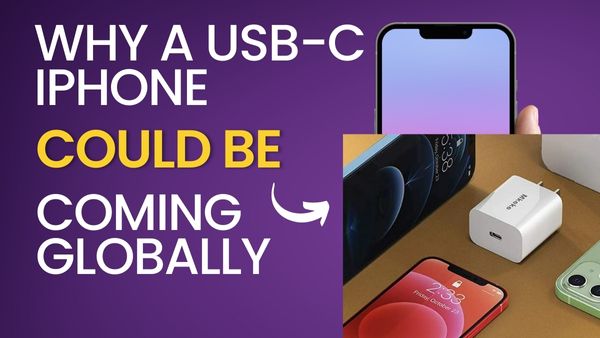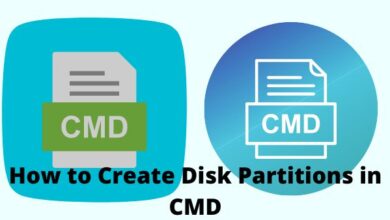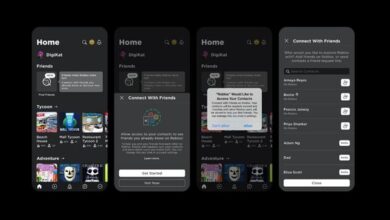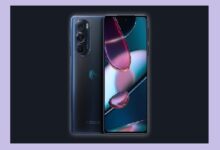Why a USB-C iPhone Could Be Coming Globally

Why a USB-C iPhone Could Be Coming Globally- The European Union has reached its decision: New iPhones from Apple must include a USB-C connector by the end of 2024 if they are to be sold in the EU.
Future iPhones will thus need to gradually phase away Apple’s proprietary Lightning connection, which has been around for more than a decade and has become a significant source of revenue for the tech giant. Those who are headed for the EU, at least.
Greg Joswiak, Apple’s senior vice president of global marketing, said when asked if the company will follow the EU’s common charging rule on October 25 at a Wall Street Journal tech conference, “We have no option — like we do across the world, [Apple] will comply with local laws.”
“We believe that having a government that was not so prescriptive would have been better for the environment and better for our consumers.”
Although the law only formally applies to consumer goods sold within the EU, Apple may be compelled to make a decision on the Lightning port’s future in iPhones going out of the country. The majority of commercial smartphones use the USB-C standard to charge and connect to peripherals, while iPhones do not. Could this imply that future iPhone models sold outside of the EU would adopt a USB-C charging connector as well? Or will Apple alter its hardware according to a region, making two iPhone models to support USB-C and Lightning—one for the EU and the other for the rest of the world—in order to accommodate different standards?
- How to Fix Depth Effect Wallpaper Not Working on iPhone?
- Apple Fixes actively exploited iPhone, iPad kernel vulns
- PS Plus Subscribers Down Nearly 2 Million Following June’s Revamp
As it did with the iPhone 14, Apple already makes regional modifications to its iPhone models. As Avi Greengart, analyst at Techsponential, notes, other models still have a SIM slot whereas the US version only has an electronic SIM. But he also believes Apple has strong reasons to switch all future iPhones to USB-C.
In order to comply with European rules, I believe it is more probable that Apple will switch all iPhones [globally] to USB-C in the period of the iPhone 16 due to wider ecosystem, security, and accessory concerns with the power/data port.
To lessen cable clutter and e-waste, European legislators have fought for more than ten years for electronic products to come with a common charger. The law, which is a component of the revised Radio Equipment Directive, was completed in June before the regulation was decisively approved by the European Parliament in October.
Consumers will soon be able to use a single USB-C charger for a variety of accessories and gadgets, including higher-wattage ones as gaming laptops as well as 4K displays, thanks to its certification, which is largely regarded as a triumph for them. Its acceptance was seen as a victory for the environment as well.
According to a European think tank, chargers generate up to 13,000 tonnes of electronic trash annually in the EU and have related life cycle emissions of between 600 and 900 kilotons of carbon dioxide.
Apple has vehemently opposed the concept of a standard phone charger. Since it is assumed that such law would obviate the Lightning cable for perhaps a billion people worldwide, the tech giant claims that it might hinder innovation and worsen the e-waste problem. Apple can lose out on the revenue earned by each Lightning cable and accessory that is compatible with the iPhone. Apple receives fees from third-party manufacturers of made-for-iPhone accessories.
Apple has apparently tested a USB-C iPhone in spite of its opposition. According to renowned Apple analyst Ming Chi Kuo, Apple will release a new iPhone with a USB-C connector in 2023, beating the EU rule by one year.
In a tweet from May, Kuo stated that “iOS compatibility still depends on the final spec specifics, but USB-C might boost iPhone’s transfer and charging speed in hardware designs.”
With the release of the 2015 MacBook, Apple started integrating USB-C into its other devices in front of the EU’s impending referendum. Later, the iPad Pro in 2018, iPad Air in 2020, and iPad Mini in 2021 all received USB-C in favour of Lightning. Kuo anticipates a number of additional Apple products, including AirPods, the Magic Keyboard, and the MagSafe Battery Pack, will transition to USB-C, in addition to the anticipated 2023 iPhone, but he didn’t provide a date.
Long-term, the iPhone’s switch to USB-C is expected to be advantageous for Apple consumers — as planned by the law. The change will simplify charging because the majority of the company’s iPads and Macs currently utilise USB-C rather than Lightning. Three separate types of chargers are presently required to power the iPhone, MacBook, iPad, and Apple Watch for Apple devotees. Apple provides a complicated charging process that is at odds with its commitment to simplicity and goes opposed to the company’s pride in its ecosystem.
Will Wong, a research manager for the International Data Corporation, told CNET that “it does sound right for Apple to [switch to a USB-C iPhone] all over markets, as it will not only improve the experience of the users, who in addition to using iPads or Macs, but will also clarify the processes within the supply chain.”
Even if Apple finally switches to USB-C for all iPhone models, it’s feasible that the connector won’t be in use for very long. According to rumours, Apple will completely do away with the iPhone’s ports and switch to wireless charging and connectivity as with its MagSafe accessories.
Why do new iPhones have USB-C ports?
Most likely, the next iPhone will feature a new plug. In order to meet with new European Union regulations that mandate that every new smartphone function with an universal USB-C connector by 2024, Apple will modify the way we charge the batteries for our iPhones, a company executive stated on Tuesday.
Will the next iPhone be USB-C?
Apple has finally announced that the iPhone will include USB-C connections. The European Union enacted regulations earlier this month requiring all smartphones and tablets sold in the EU by the year 2024 to include USB-C charging connectors.
Why did Apple change to a USB-C port?
The proposal, according to EU legislators, will reduce e-waste and guarantee individuals only need to carry a single charger for all of their gadgets. Currently, almost all current Android devices, as well as Apple’s own iPad tablets, use USB-C charges.
Is Apple moving away from USB-C?
After the EU established a new regulation requiring a standard charger for all consumer electronics sold by 2024, Apple is continuing its shift to USB-C across its product ranges.






